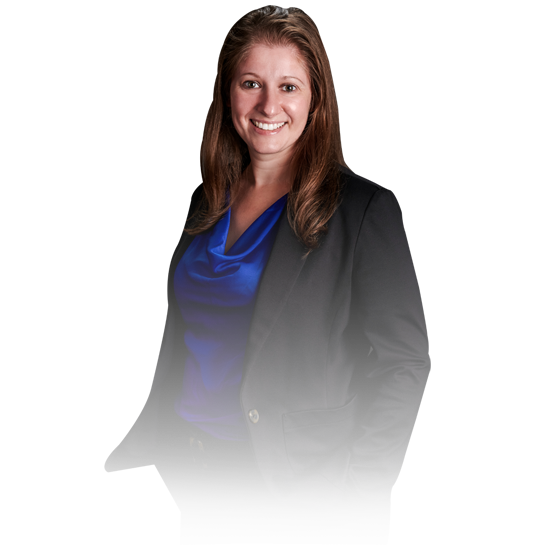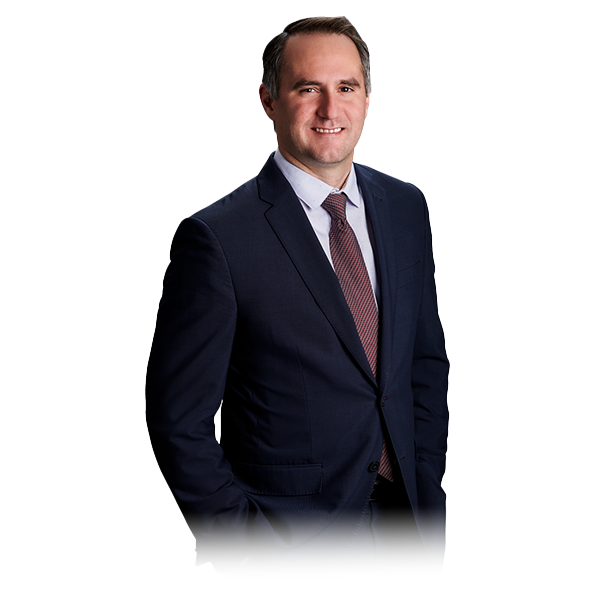The Ontario Court of Appeal in a recent decision found an insurer had a duty to defend a property damage claim caused by a pollutant, despite a pollution exclusion clause. In Hemlow Estate v Co-operators, an independent contractor, Mr. John Hemlow, was unfortunately killed in a workplace accident when he opened a valve containing pressurized ammonia. The resulting ammonia exposure caused significant property damage at the location where he was working, and led to an action being brought by the property owner against Mr. Hemlow’s estate for negligence, nuisance and breach of contract.
Prior to this accident, Mr. Hemlow had applied for and received a Commercial General Liability (CGL) policy with Co-operators General Insurance. The policy contained a Total Pollution Exclusion clause, which read as follows:
“This insurance does not apply to:
1) Pollution Liability a) ‘Bodily Injury’ or ‘property damage’ or ‘personal injury’ arising out of the actual, alleged, potential or threatened spill discharge, emission, dispersal, seepage, leakage, migration, release or escape of ‘pollutants’.”
In a separate section of the policy, “pollutants” was defined as “any solid, liquid, gaseous or thermal irritant or contaminant including smoke, odours, vapour, soot, fumes, acids, alkalis, chemicals and waste.”
Co-operators cited the Total Pollution Exclusion and denied that it had a duty to defend the claim against the Estate. The Estate, in turn, brought an application against Co-operators for a declaration that it had a duty to defend. The application judge (2021 ONSC 664) determined that the insurer had a duty to defend as the exclusion was ambiguous, and Co-operators had failed to make its intentions clear and easily understandable in the policy. Turnbull J further found that the definition of “Total Pollution Exclusion” was misleading, and that “pollution” could be interpreted as including only environmental pollution as it was left undefined in the policy.
The Court of Appeal upheld the decision that the insurer had a duty to defend the Estate against the action by the property owner, but provided different reasons than the lower court for its decision. In writing for the panel (MacPherson, Nordheimer, Simmons JJ.A.), MacPherson and Nordheimer JJ.A began by emphasizing that an insurer’s duty to defend arises from the claims as pleaded, as stated by the Supreme Court in Nichols v American Home Assurance.
According to the Court of Appeal, the parties had incorrectly fixed their dispute over the interpretation of the pollution exclusion without giving proper consideration to the nature of the claims advanced against the Estate. Nothing in the Statement of Claim involved, or asserted a claim arising out of “pollution;” rather, the action was founded in negligence, nuisance, and breach of contract, and was a straightforward claim for property damage.
The alleged negligence of Mr. Henlow in opening the valve and allowing ammonia to escape, which in turn caused the property damage, is at the core of the claim brought against the Estate. The Court commented how claims such as this one arising from negligence are exactly the types of claims that parties obtain CGL policies to protect against. The fact that a pollutant happened to cause the property damage in this case did not change the nature of the claim, and the nature of the claim was for breach of contract and negligence, which fell within the terms of the CGL. Therefore, the Court of Appeal concluded that the insurer had a duty to defend the Estate.
The Court’s decision in finding a duty to defend serves as an important reminder that it is the nature of the claim that governs the analysis, and not necessarily the subject matter. The result of this case also provides a lesson for insurers and insureds that an exclusion clause does not negate a claim that truly lies in negligence.
Laila Khalil is an articling student at ZTGH and author of this blog. If you have a question about this decision or a similar issue on a file, please reach out to Laila at 416-777-2811 ext. 5298 or Shanti Barclay at 416-777-5211.













